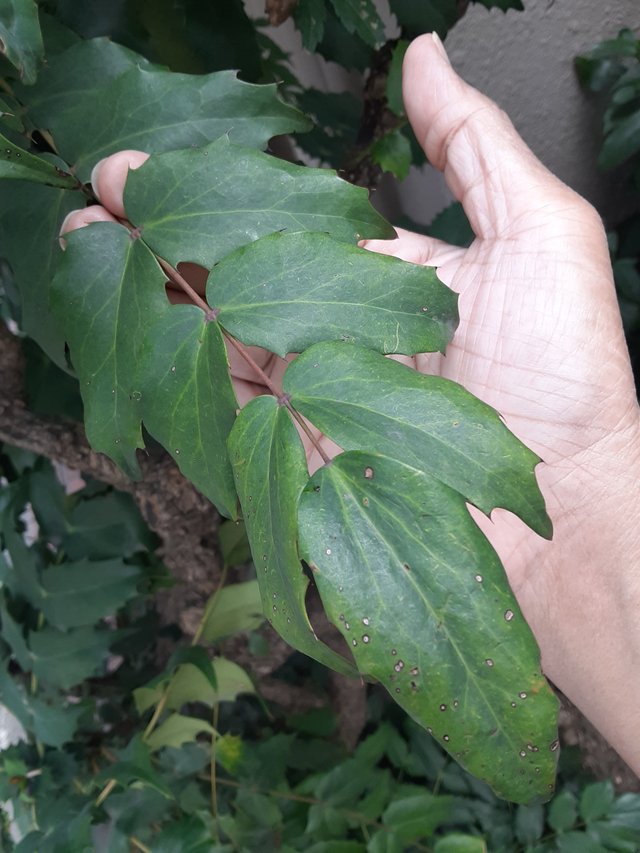
The plant Mahonia nervosa, also known as the dull Oregon-grape or low Oregon-grape, is a native evergreen shrub of the Pacific Northwest, growing in shady woods and moist north slopes. It is characterized by its compound leaves, which are made up of 9-19 leaflets. The leaflets are elliptical in shape and have a serrated margin. They are a glossy green color and may turn a lovely wine-red in the fall.
Mahonia nervosa is a popular plant for landscaping, as it is relatively low-maintenance and can tolerate a variety of growing conditions. It is also a valuable food source for wildlife, including birds and mammals.
Here are some additional facts about Mahonia nervosa leaves:
- The leaves are arranged alternately on the stem.
- The leaflets are attached to the rachis (central stalk) by short petiolules (stalks).
- The leaflets have a prominent midrib.
- The margins of the leaflets are toothed.
- The lower surface of the leaflets is paler in color than the upper surface.
- The leaves are evergreen, meaning they remain on the plant year-round.
Mahonia nervosa leaves are also used in traditional herbal medicine to treat a variety of ailments, including coughs, colds, and flu. They are also said to have anti-inflammatory and antioxidant properties.
Ref.:
 |  |
Upvoted! Thank you for supporting witness @jswit.
Downvoting a post can decrease pending rewards and make it less visible. Common reasons:
Submit